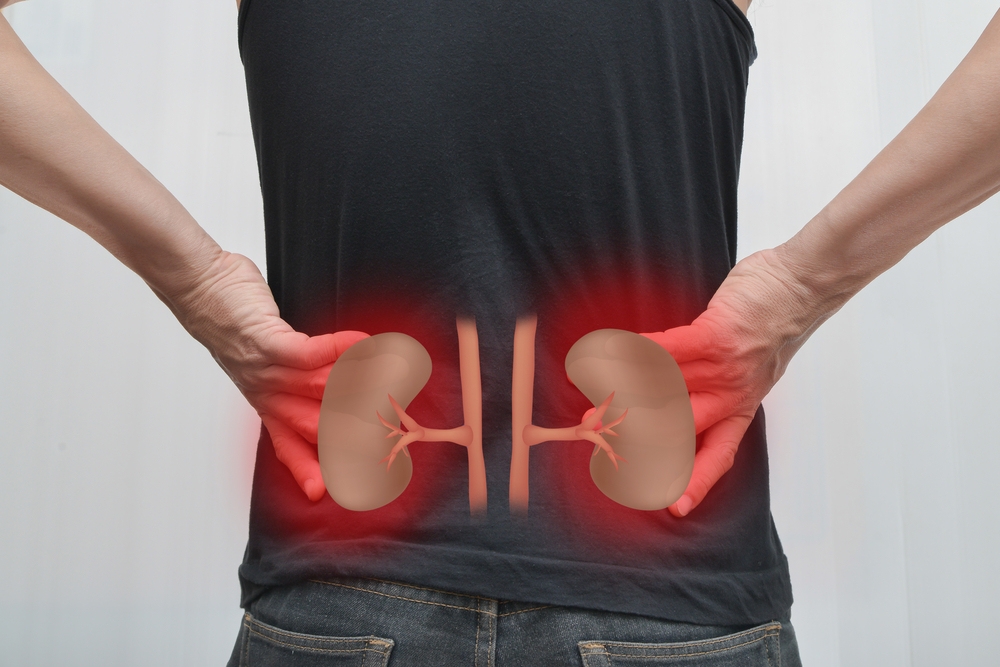
Diabetic nephropathy is one of the most common complications of diabetes. About 30% of patients with type 1 diabetes and 20% ~ 50% of patients with type 2 diabetes will develop diabetic nephropathy. In this article, Dr. Clove will count the crimes committed by hyperglycemia on the kidney.
How does hyperglycemia hurt kidney?
The kidney is the filtering factory of the body, which removes metabolic wastes from the body and leaves useful substances to ensure the normal operation of the body.
Elevated blood sugar will destroy this stable filtration system and increase the burden on the renal filtration system.
As mentioned earlier, the kidney is very [forbearing] and has strong compensatory ability. However, after several years of development, the filtration factory is still overwhelmed and starts to leak and make mistakes.
Some useful substances such as protein may be filtered into urine, while useless creatinine, urea and other [garbage] are left in blood.
At this time, the normal function of the body will be affected.
What are the symptoms of diabetic nephropathy?
The most typical manifestation is the detection of proteinuria. At first, it can be microalbuminuria after exercise. If it is not controlled, it will gradually develop into persistent microalbuminuria, massive proteinuria and even renal failure. If blood sugar and blood pressure are poorly controlled, the process will progress faster.
In addition to abnormal test results, patients with early diabetic nephropathy usually have no special feelings. When the injury progresses, non-specific symptoms such as edema and hypertension may also occur.
For diabetic patients, even if there are no obvious symptoms, they should still go to the outpatient department of the hospital for regular follow-up. Monitor blood pressure, renal function, etc. to understand and evaluate the progress of kidney injury.
How to prevent diabetic nephropathy?
Not all diabetes is accompanied by kidney disease. The better the blood sugar and blood pressure levels are controlled, the lower the probability of kidney disease.
Controlling blood sugar within the normal range can effectively prevent the occurrence of diabetic nephropathy.
Studies have shown that strict blood sugar control can reduce the risk of microalbuminuria by 1/3. Even for those who already have microalbuminuria, strict blood sugar control can reduce the risk of progressing to massive albuminuria by half. Some studies even believe that strict blood sugar control can reverse massive albuminuria.
Generally speaking, blood sugar should be controlled within the normal range. Glycosylated hemoglobin (HbA1c) should preferably not exceed 7%; However, the target of blood pressure control should not be higher than 140/90 mmHg, and the target of blood pressure control for patients with nephropathy should be 130/80 mmHg.
However, for each person, the control goals will vary according to age, duration of illness, other chronic diseases, etc. At this time, don’t forget to consult your doctor.
Treatment and daily routine of diabetic nephropathy
1. Medication
Some hypoglycemic drugs are excreted through renal metabolism. In patients with diabetic nephropathy, especially renal insufficiency, due to slow renal metabolism and reduced excretion, adverse reactions such as hypoglycemia may be caused. Therefore, doctors are required to evaluate and decide which drugs to use and the corresponding dosage.
If it is accompanied by hypertension, Doctors usually prescribe [XXX Puli] or [XXX Sartan] to diabetic patients. These two drugs are mainly angiotensin converting enzyme inhibitor and angiotensin II receptor blocker (ARB), which have the functions of controlling blood pressure, reducing proteinuria and delaying the progress of renal function in diabetic nephropathy, and are the first-line drugs for the treatment of diabetic nephropathy.
Step 2: Diet
Emphasis is placed on a low protein diet.
For patients who have developed a large amount of proteinuria, high protein will increase the intensity of normal kidney work.
Therefore, the daily intake of protein should be controlled. The protein intake should be mainly high-quality protein, which can be obtained from poultry, fish, milk, etc.
However, because each patient has his or her own special circumstances, it is recommended to carry out a low protein diet under the guidance of a doctor and consult the doctor about the specific food types and appropriate intake.
3. Campaign
Long-term regular exercise can slow down the occurrence and development of diabetes and diabetic nephropathy.
It is suggested that at least 150 minutes of moderate intensity aerobic exercise should be carried out every week, and at least 3 days of exercise should be carried out every week.
Moderate and low intensity exercise should be given priority to, because high intensity exercise will increase hypertension, but the level of microalbumin in urine will increase, and there is a risk of inducing hypoglycemia, etc.
Therefore, patients with diabetic nephropathy should formulate reasonable exercise plans under the guidance of doctors and exercise in a planned way to reduce the occurrence of adverse consequences of exercise.
4. Self-management
Develop good living habits. Control blood sugar and stabilize blood pressure.
Here is a small test: Dear readers and friends, according to the accumulation of reading Dr. Clove’s articles in the past, tell us in the comment area what good living habits should be? See who will be the one who will answer the most comprehensively.
